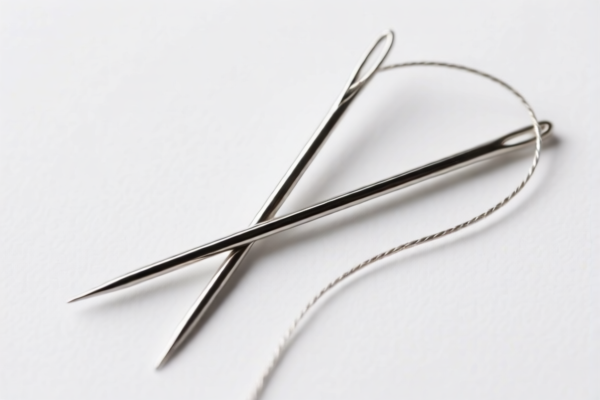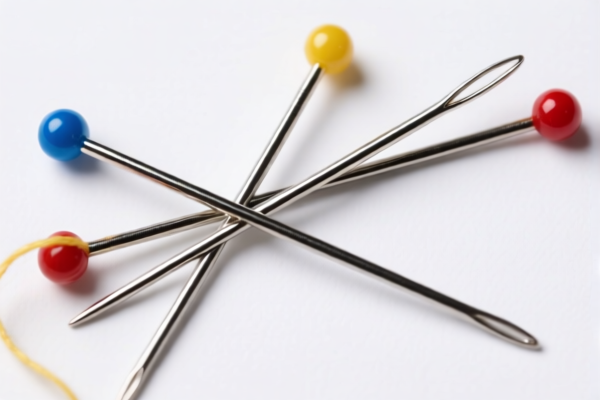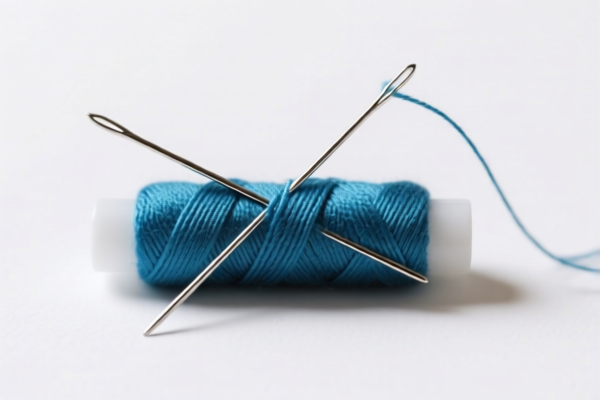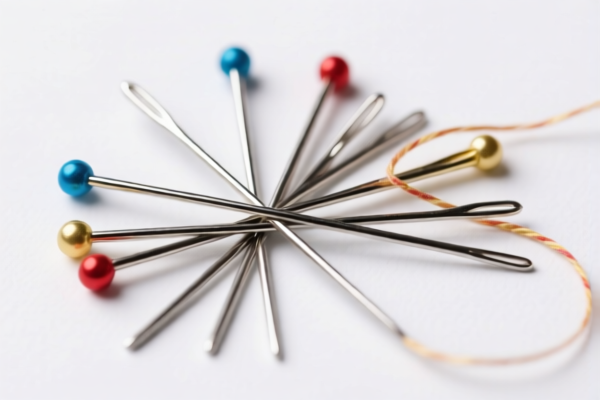| HS Code | Official Doc | Tariff Rate | Origin | Destination | Effective Date |
|---|---|---|---|---|---|
| 8113000000 | Doc | 58.7% | CN | US | 2025-05-12 |
| 8108200010 | Doc | 70.0% | CN | US | 2025-05-12 |
| 8108200015 | Doc | 70.0% | CN | US | 2025-05-12 |
| 7118100000 | Doc | 37.5% | CN | US | 2025-05-12 |
| 7118900055 | Doc | 37.5% | CN | US | 2025-05-12 |
| 7115906000 | Doc | 59.0% | CN | US | 2025-05-12 |
| 8209000030 | Doc | 59.6% | CN | US | 2025-05-12 |
| 8209000060 | Doc | 59.6% | CN | US | 2025-05-12 |
| 8207130000 | Doc | 58.6% | CN | US | 2025-05-12 |
| 8207903085 | Doc | 60.0% | CN | US | 2025-05-12 |
| 6914908000 | Doc | 60.6% | CN | US | 2025-05-12 |
| 6914108000 | Doc | 64.0% | CN | US | 2025-05-12 |
| 6909900000 | Doc | 59.0% | CN | US | 2025-05-12 |
| 6909120000 | Doc | 59.0% | CN | US | 2025-05-12 |




Carbide Needles
Carbide needles are specialized cutting tools used in a variety of applications requiring precision and durability. Their primary characteristic is the use of hard metal carbides as the cutting material.
Material
The core material is typically tungsten carbide (WC), often with additions of other carbides like titanium carbide (TiC) or tantalum carbide (TaC). These carbides are extremely hard and resistant to wear, even at high temperatures. The carbide is usually bonded to a steel shank using brazing techniques. Different grades of carbide are available, varying in composition and grain size to optimize performance for specific tasks. Cobalt is a common binder used to hold the carbide particles together; higher cobalt content generally improves toughness but reduces hardness.
Purpose
Carbide needles are designed for applications where conventional steel tools would wear rapidly or lack the necessary precision. They excel in cutting hard, abrasive, or high-strength materials.
Function
The function of a carbide needle is to remove material through shearing and abrasion. The sharp cutting edge, maintained by the hardness of the carbide, penetrates the workpiece and creates chips. The high hardness allows for faster cutting speeds and longer tool life compared to high-speed steel (HSS) or other softer materials.
Usage Scenarios
- Engraving: Carbide needles are commonly used in engraving machines for creating detailed designs on metals, plastics, and glass.
- Micro-machining: Their small size and precision make them suitable for creating very small features in materials for electronics, medical devices, and other specialized applications.
- PCB Milling: Used for cutting circuit boards (PCBs) to create the desired circuit patterns.
- Mold Making: Employeed in the creation and modification of molds, particularly those used for plastics and other abrasive materials.
- Dental Applications: Specialized carbide needles are utilized in dental procedures for precise cutting and shaping.
- Stone Engraving: For intricate designs on stone and similar hard materials.
- Glass Etching: Used in machines for creating patterns and designs on glass surfaces.
Common Types
- Solid Carbide Needles: These consist entirely of carbide, offering maximum hardness and rigidity.
- Carbide-Tipped Needles: A carbide tip is brazed onto a steel shank, providing a balance of hardness and strength.
- Spiral Needles: Feature a spiral cutting edge for efficient material removal, commonly used in engraving.
- Straight Flute Needles: Have a straight cutting edge, suitable for general-purpose cutting and engraving.
- Ball Nose Needles: Feature a rounded tip for contouring and profiling.
- V-Point Needles: Used for creating V-shaped grooves and engravings.
- Diamond-Coated Needles: Although not strictly carbide, diamond-coated needles are often used in similar applications requiring even greater hardness and wear resistance.
Carbide needles typically refer to tools with a cutting or working part made of sintered metal carbides. These are used in various applications, including machining, drilling, and cutting.
Here are the relevant HS codes based on the provided reference material:
-
8209000030: Plates, sticks, tips and the like for tools, unmounted, of cermets. Of sintered metal carbides.
- 82: Interchangeable tools for handtools, whether or not power operated, or for machine-tools, including dies for drawing or extruding metal, and rock drilling or earth boring tools; base metal parts thereof.
- 09: Plates, sticks, tips and the like for tools, unmounted.
- 00: Of cermets.
- 30: Of sintered metal carbides. This code specifically covers unmounted plates, sticks, and tips made from sintered metal carbides, which are commonly used as cutting or working parts in tools.
-
8207130000: Interchangeable tools for handtools, whether or not power operated, or for machine-tools; base metal parts thereof; Rock drilling or earth boring tools, and parts thereof; With working part of cermets.
- 82: Interchangeable tools for handtools, whether or not power operated, or for machine-tools, including dies for drawing or extruding metal, and rock drilling or earth boring tools; base metal parts thereof.
- 07: Interchangeable tools for handtools, whether or not power operated, or for machine-tools, including dies for drawing or extruding metal, and rock drilling or earth boring tools; base metal parts thereof.
- 13: Rock drilling or earth boring tools, and parts thereof.
- 00: With working part of cermets. This code applies to rock drilling or earth boring tools where the working part is made of cermets.
-
8207903085: Interchangeable tools for handtools, whether or not power operated, or for machine-tools; base metal parts thereof; Other interchangeable tools, and parts thereof; Other: Cutting tools with cutting part containing by weight over 0.2 percent of chromium, molybdenum, or tungsten or over 0.1 percent of vanadium Other.
- 82: Interchangeable tools for handtools, whether or not power operated, or for machine-tools, including dies for drawing or extruding metal, and rock drilling or earth boring tools; base metal parts thereof.
- 07: Interchangeable tools for handtools, whether or not power operated, or for machine-tools, including dies for drawing or extruding metal, and rock drilling or earth boring tools; base metal parts thereof.
- 90: Other interchangeable tools, and parts thereof.
- 30: Other.
- 85: Cutting tools with cutting part containing by weight over 0.2 percent of chromium, molybdenum, or tungsten or over 0.1 percent of vanadium Other. This code covers other interchangeable cutting tools with specific metal content requirements.
Customer Reviews
No reviews yet.